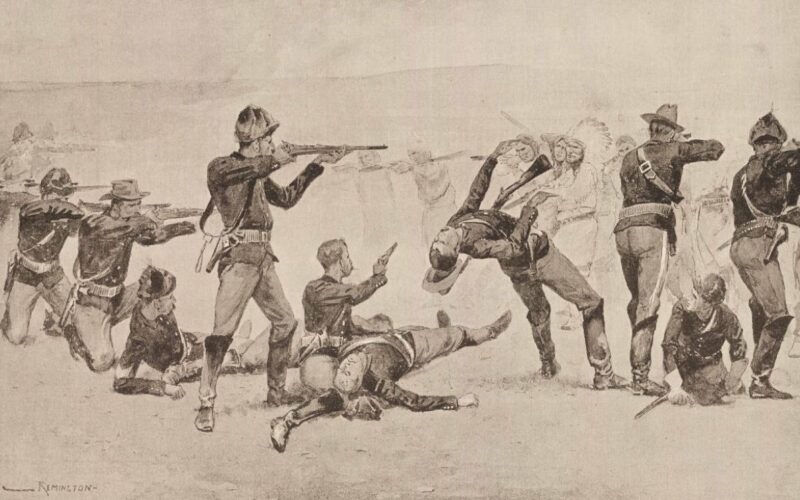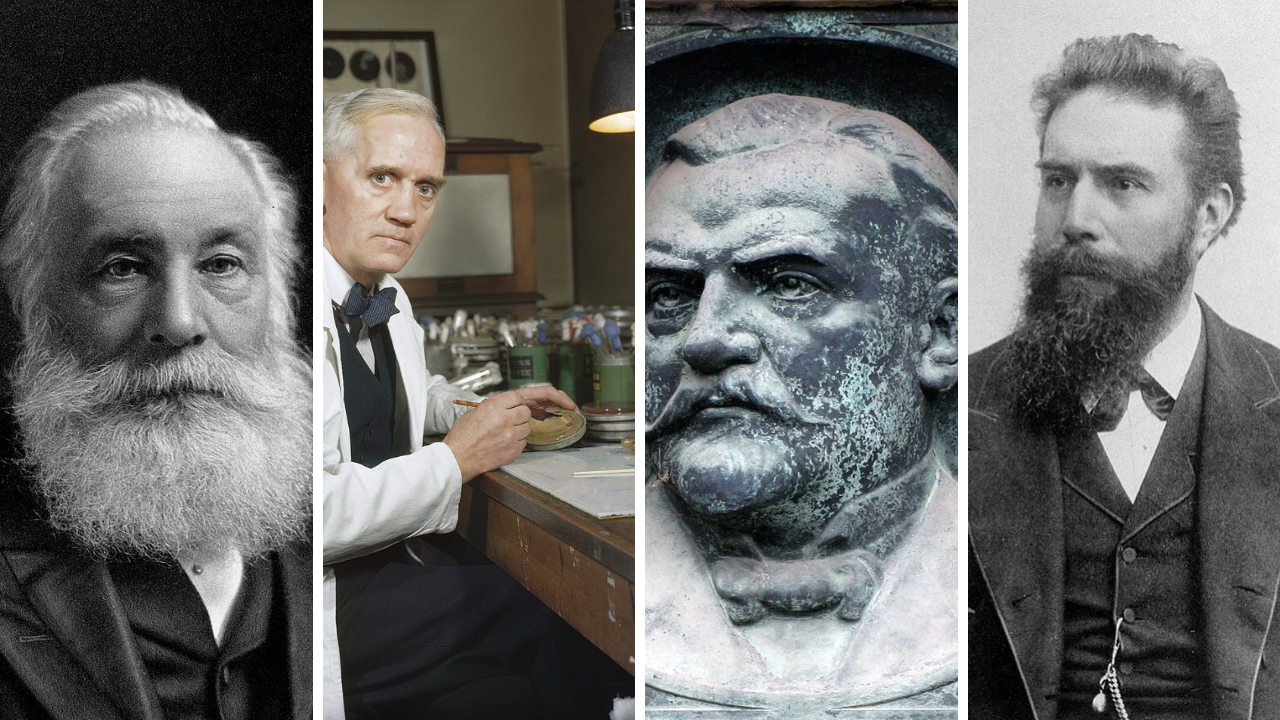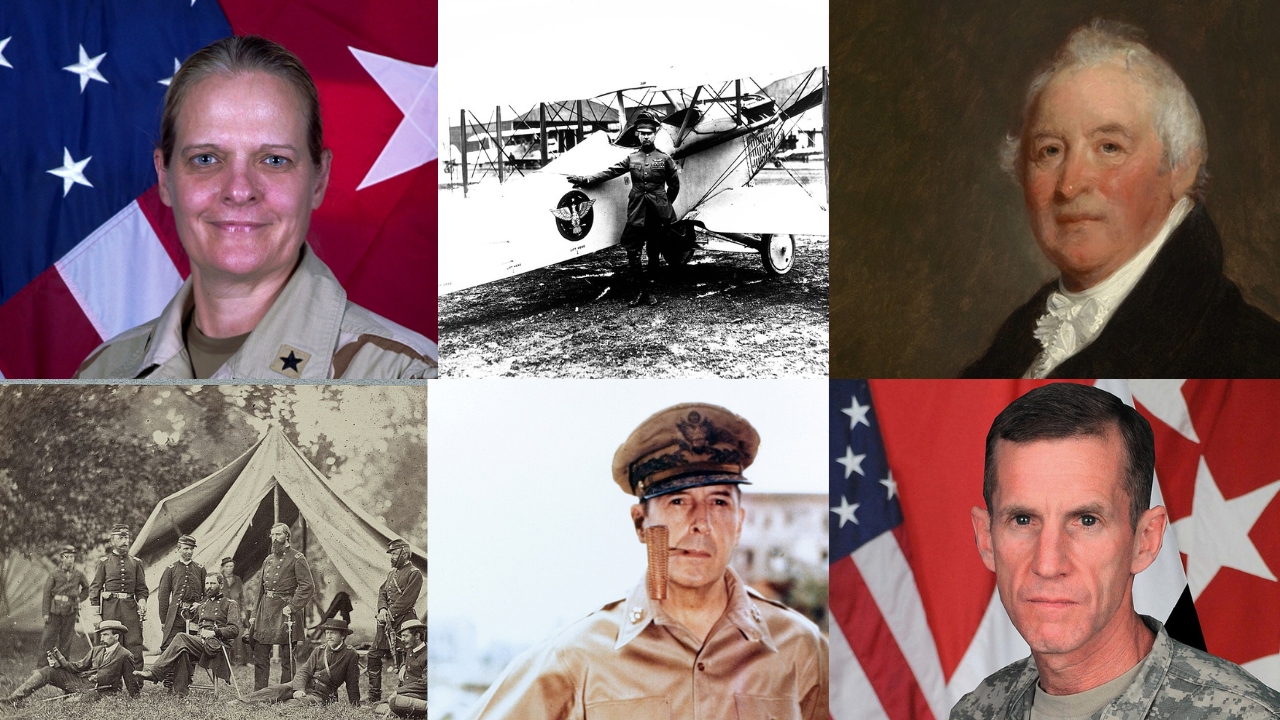Most students grow up learning a version of history that feels clean and straightforward. It highlights victories, great speeches, and moments of pride. But underneath those polished lessons are events that reveal a different side of the story. These chapters were often left out because they are uncomfortable, complex, or hard to explain. Still, they shaped the country in lasting ways and deserve to be known just as much as the rest.
1. The Trail of Tears
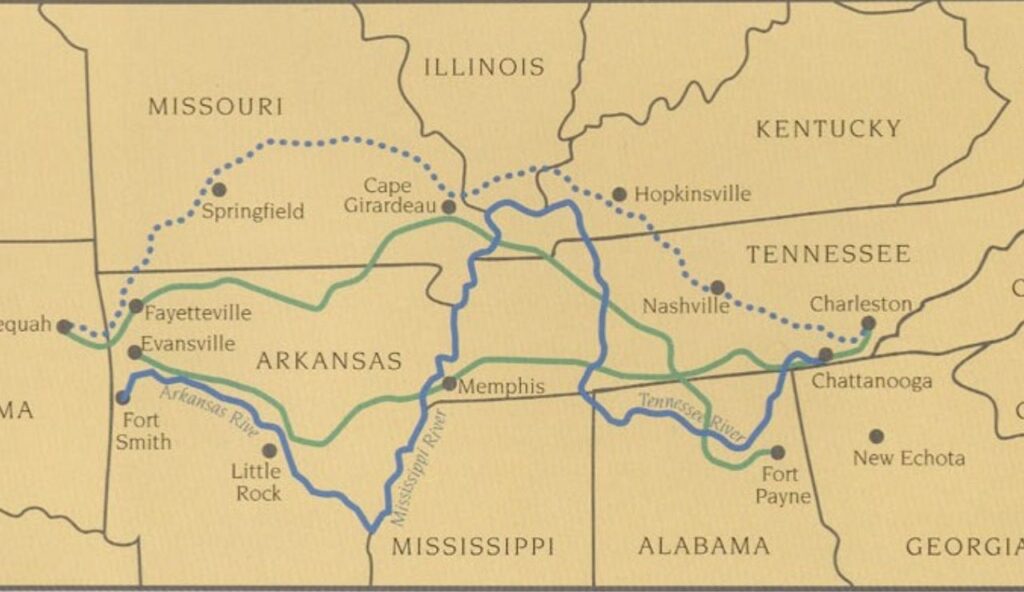
In the 1830s, thousands of Native Americans were removed from their homelands through the Indian Removal Act. Many were forced to march across hundreds of miles with little food or shelter. Thousands died from disease, hunger, and exhaustion. The government called it progress, but for the Cherokee and other tribes, it was a deadly act of displacement that wiped out families and entire communities.
2. The Tulsa Race Massacre
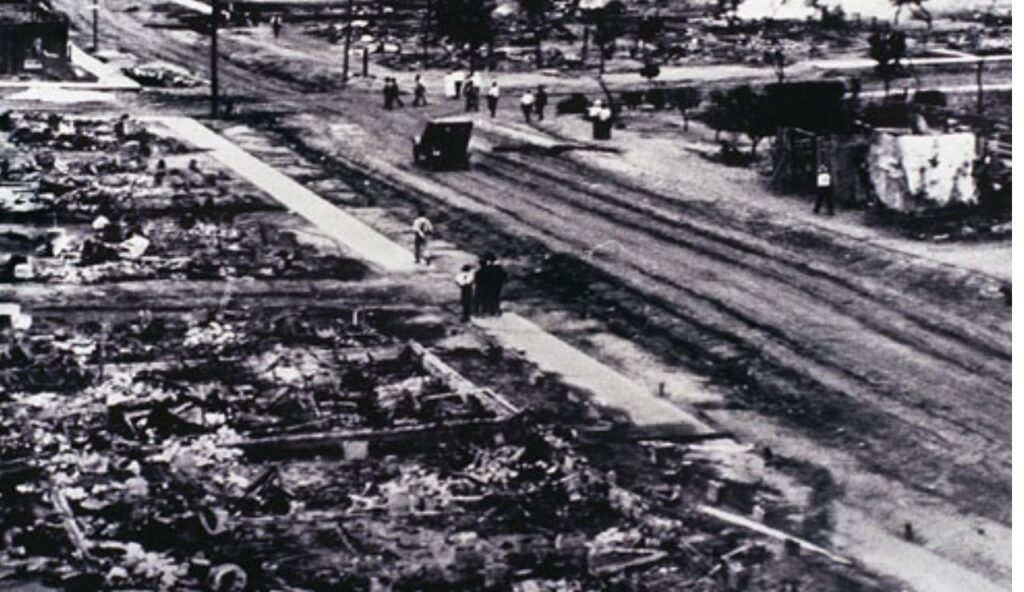
In 1921, Tulsa’s Black Wall Street was thriving until it was destroyed by mobs of white residents. Over 1,000 Black-owned homes and businesses were burned, and hundreds of people were killed or wounded. For decades, the city avoided responsibility and textbooks barely mentioned it. What happened in Tulsa was not a riot, but an act of violence against success and independence.
3. Japanese American Internment Camps
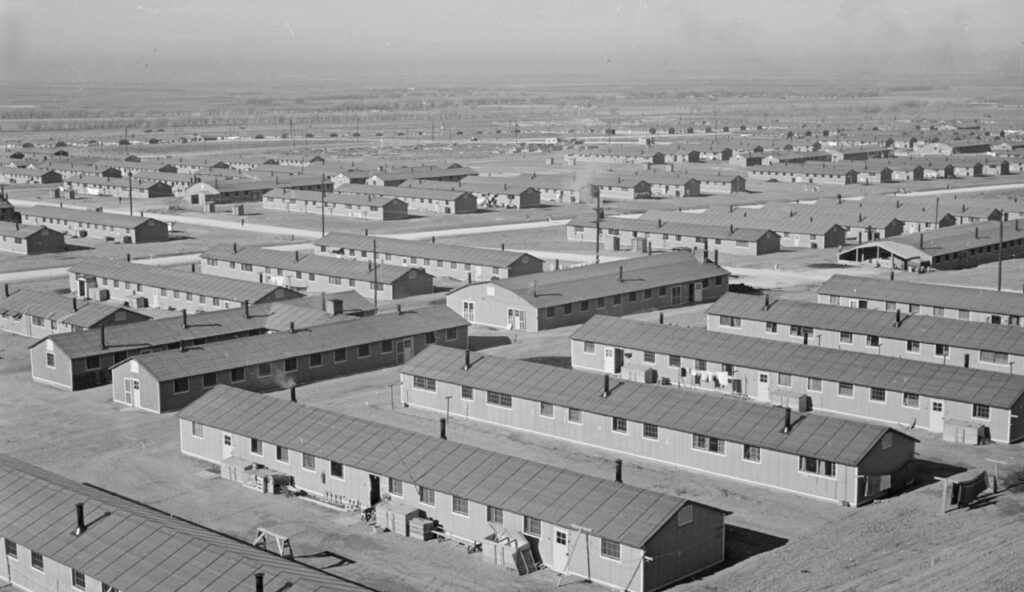
After the attack on Pearl Harbor, over 120,000 Japanese Americans were forced into internment camps. They were given little notice, lost their homes, and lived behind barbed wire without charges or trials. No evidence ever showed they posed any threat. The internment left deep scars, but history classes still often treat it as a small footnote rather than a serious violation of rights.
4. The Chinese Exclusion Act
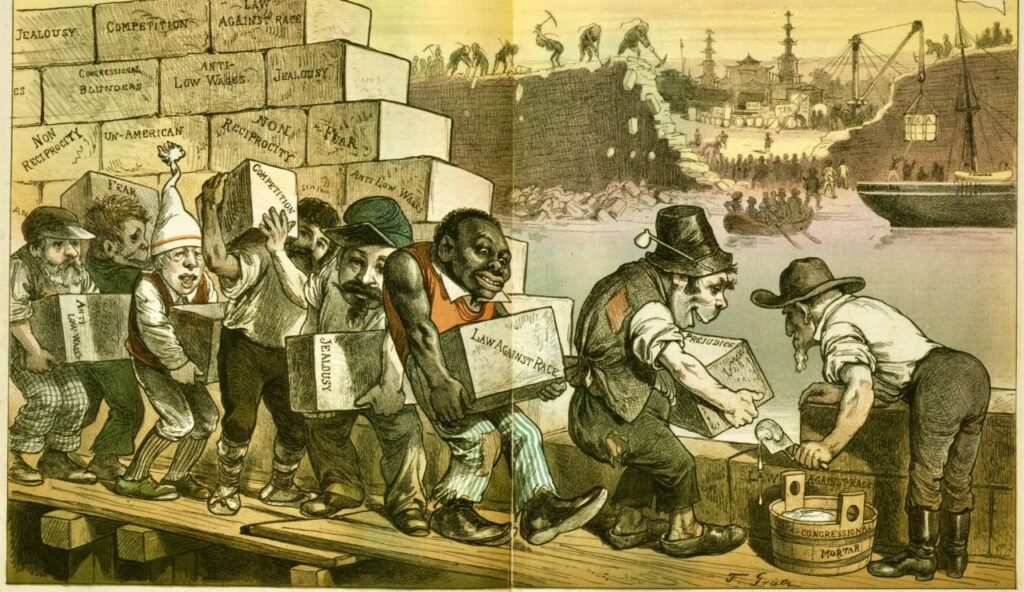
Passed in 1882, this law banned Chinese laborers from entering the country and denied citizenship to those already living here. It was the first U.S. law built entirely on race. It caused a surge in anti-Asian hatred and helped shape later immigration policies. Despite lasting effects, this law is often left out of the discussion on how racism shaped American law and identity.
5. The Tuskegee Syphilis Study

For forty years, government doctors studied untreated syphilis in Black men without telling them they had the disease. Even after a cure was found, treatment was denied. The men believed they were receiving care, but they were part of an experiment. Families suffered as a result. This abuse of trust is one of the darkest medical experiments in American history.
6. The Wilmington Coup of 1898
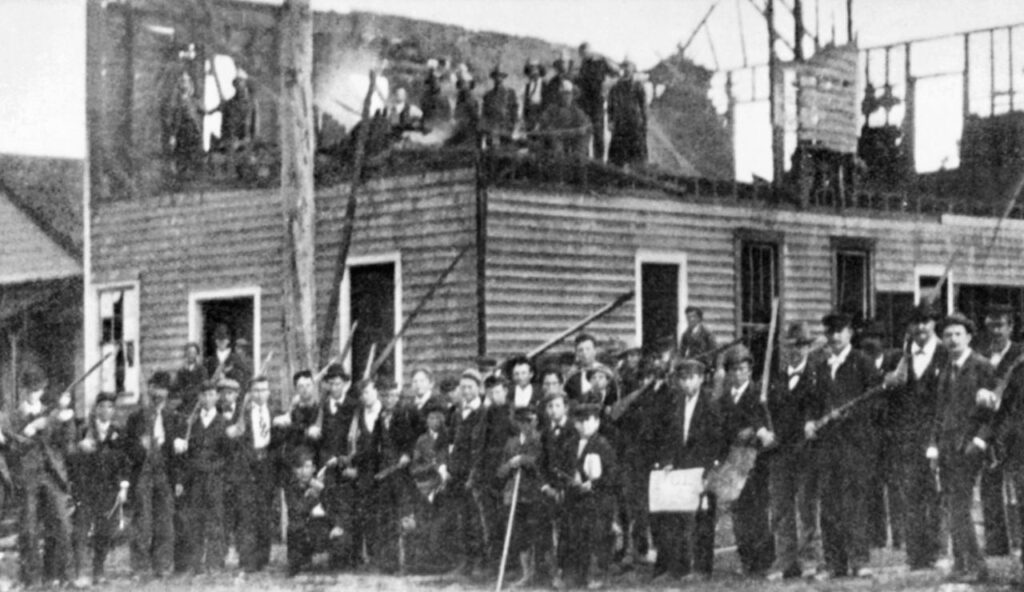
In Wilmington, North Carolina, white supremacists violently overthrew a biracial city government. Dozens of Black residents were murdered and elected leaders were forced out. It is the only known coup in U.S. history. The story was twisted for years to make it seem like a riot. In truth, it was a planned attack on democracy, yet it remains missing from many school lessons.
7. The Bombing of MOVE in Philadelphia
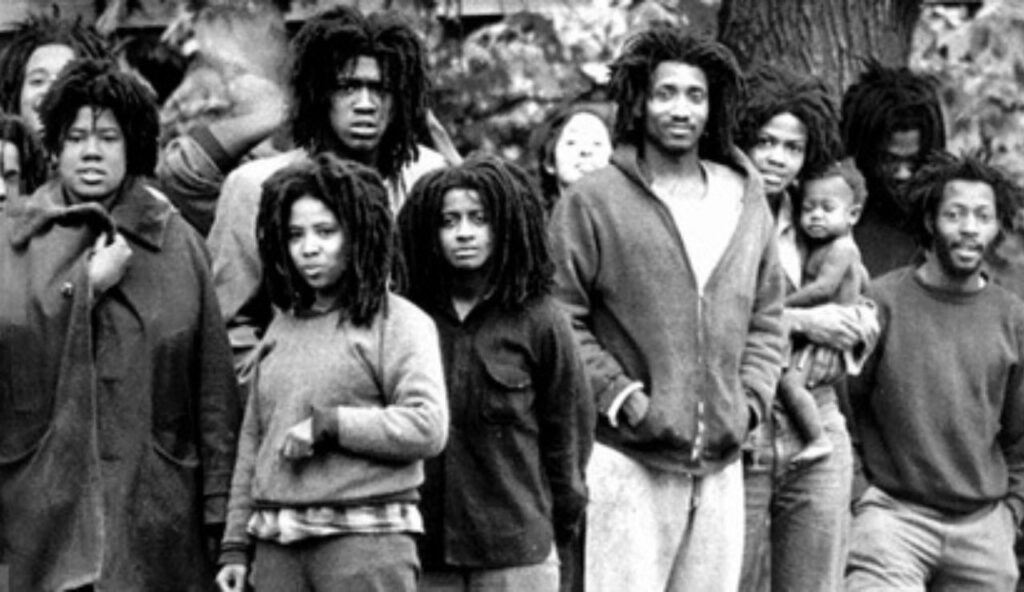
In 1985, police dropped a bomb on a house in Philadelphia occupied by a Black activist group called MOVE. The explosion started a fire that killed 11 people, including children, and destroyed over 60 homes. Firefighters were told not to act. The city’s decision left a neighborhood in ruins. This violent event happened in modern times, but is rarely taught or acknowledged.
8. Operation Wetback
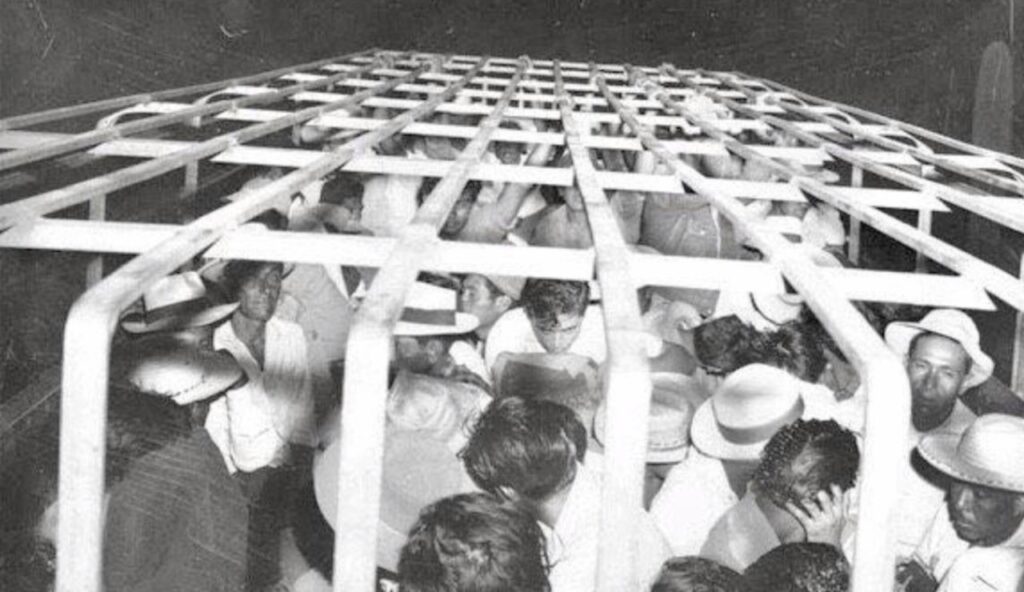
In 1954, the U.S. launched a massive deportation program targeting Mexican immigrants. More than a million people were removed, including many American citizens. There were no proper hearings or warnings. Families were separated, and people were dropped in unfamiliar areas. The program’s name alone reflects its cruelty, yet few Americans are taught about this campaign or its long-term impact.
9. The Massacre at Wounded Knee
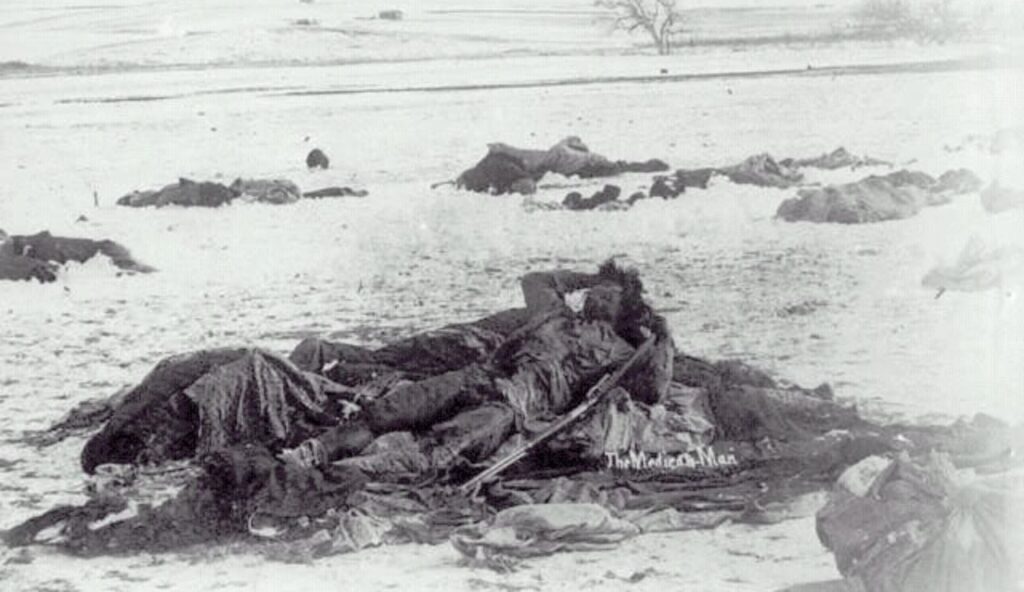
In 1890, U.S. troops surrounded a Lakota Sioux camp and opened fire, killing nearly 300 men, women, and children. Many were unarmed and trying to flee. The massacre marked the end of Native resistance in the Plains. Soldiers involved received medals. Textbooks often mention Wounded Knee briefly, without explaining the scale of violence or its devastating effect on Indigenous life.
10. The Business Plot of 1933
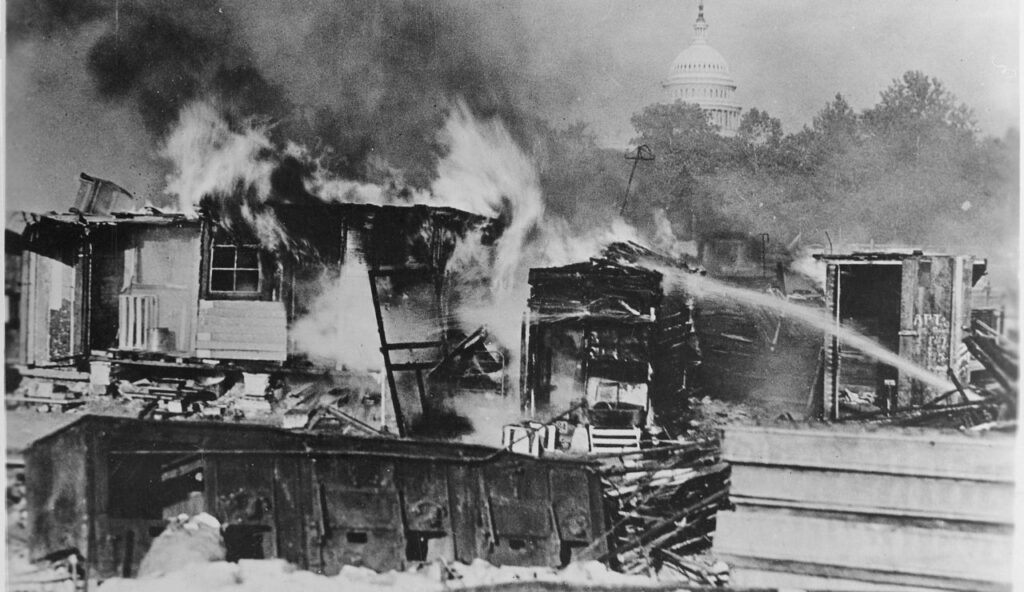
A group of wealthy businessmen attempted to recruit Marine General Smedley Butler to overthrow President Roosevelt and install a new leader. Butler exposed the plan and testified before Congress. Though the plot was credible, no one was arrested. The idea that powerful Americans tried to stage a coup is almost unknown today, despite its seriousness and the implications for democracy.
11. The Red Summer of 1919
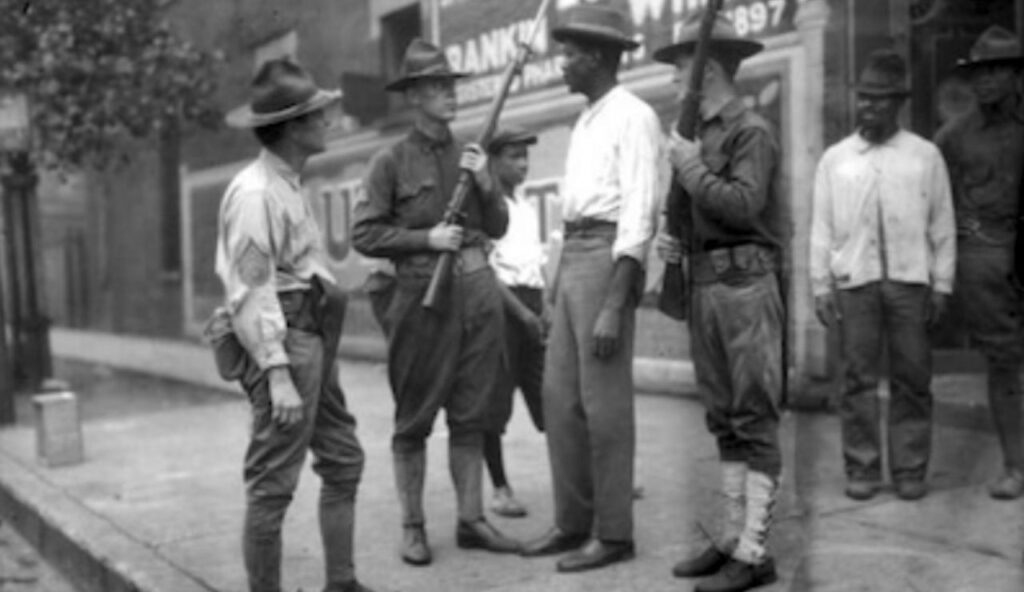
Following World War I, racial tensions exploded across the country. In 1919 alone, dozens of cities saw brutal white led attacks on Black communities. Known as the Red Summer, these race riots left hundreds dead and thousands injured or displaced. The violence was sparked by false accusations and economic resentment. Yet this nationwide wave of terror is often skipped in U.S. history classes.
12. The Rosewood Massacre
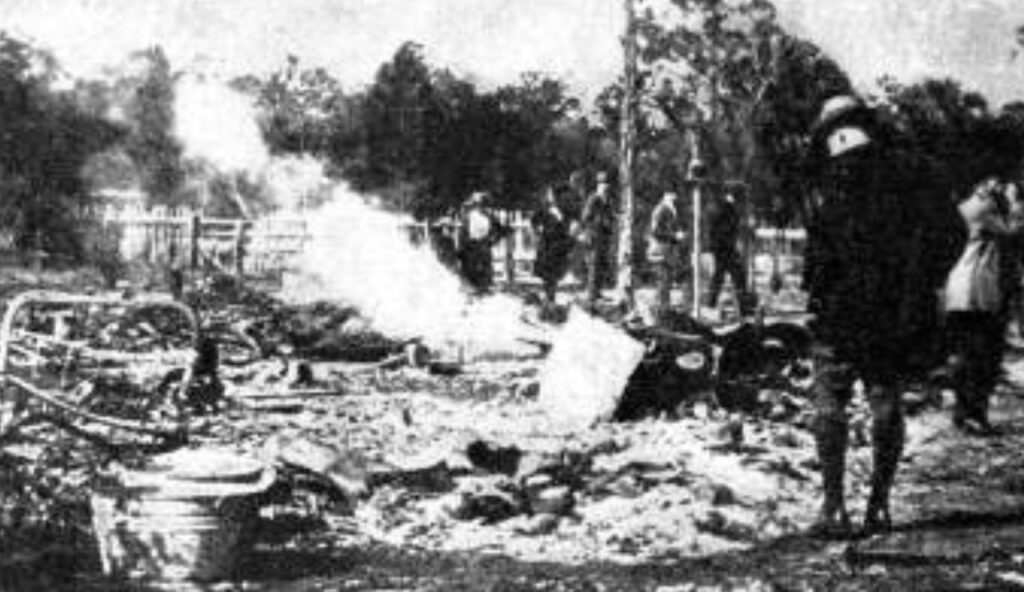
In 1923, the town of Rosewood, Florida, was destroyed after a false accusation against a Black man sparked mob violence. White residents from nearby areas attacked, burned homes, and killed Black families. Survivors fled, and the town was wiped off the map. The incident was covered up for decades. It took until the 1990s for Florida to acknowledge what happened and offer compensation.
